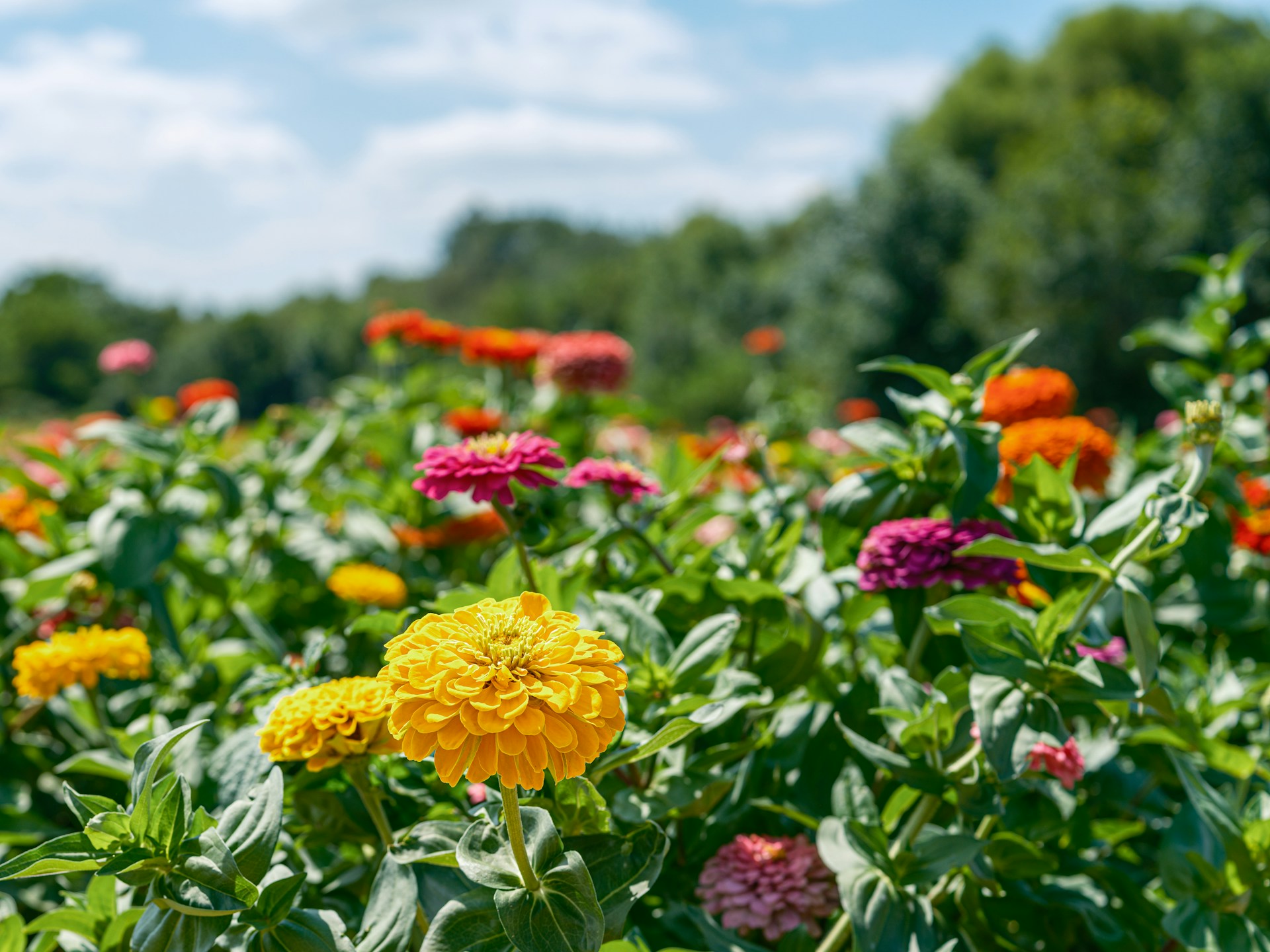I. Introduction
Hummingbirds, being small, vibrant and endowed with a voracious appetite for nectar, are a joy to behold in any garden. The ruby-throated hummingbird, the only species that breeds in eastern North America, brings in significant ecological benefits, including pollination and supporting biodiversity. This research paper aims to educate gardeners and nature enthusiasts in New Jersey on the best fast-growing and native flowers to attract hummingbirds, considering New Jersey’s diverse climate zones and regional specificity. We offer a comprehensive guide, including recommended plants, growing conditions, and practical planting advice.
II. Fast-Growing Flowers to Attract Hummingbirds
Hummingbird-attracting flowers are characterized by high nectar production, tubular shapes, and bright colors. When arranging these flowers in your garden, ensure they are visible and accessible for the birds. Here are some fast-growing flowers that can exquisite in any New Jersey bird-friendly garden:
Butterfly Milkweed (Asclepias tuberosa)
- Bloom period: June-August
- Soil and light conditions: Full sun, dry to moist soil
Cardinal Flower (Lobelia cardinalis)
- Bloom period: July-September
- Soil and light conditions: Moist soil, partial shade
Common Jewelweed (Impatiens capensis)
- Bloom period: June-September
- Soil and light conditions: Moist, partly shaded areas
Coral Honeysuckle (Lonicera sempervirens)
- Bloom period: May-June (can bloom longer with good care)
- Soil and light conditions: Full to partial sun, adaptable to many soil types
These native flowers NJ hummingbirds absolutely love, are not only fast-growing but also boost the aesthetics in the garden. Furthermore, their care procedures are quite manageable even for beginners.
III. Long-Term Flowering Projects
In addition to fast-growing plants, long-term flowering plants should be considered. These plants extend the blooming period and assure the hummingbirds of a sustained food source. Here are some ideal long-term flowering plants:
Pink Azalea (Rhododendron periclymenoides)
- Bloom period: April-May
- Soil and light conditions: Part shade, moist, well-drained soil
Tuliptree (Liriodendron tulipifera)
- Bloom period: May-June
- Soil and light conditions: Full sun, deep, fertile soil
Eastern Red Columbine (Aquilegia canadensis)
- Bloom period: May-June
- Soil and light conditions: Light to moderate shade, tolerates a range of soils
An important aspect of eastern red columbine care is to ensure good lighting while adhering to its soil preference. These perennial natives may take longer to flourish but assure a delightful view for years to come.
IV. Regional Suitability and Growing Conditions
With the diverse new jersey climate zones, different plants thrive under different conditions. Let’s explore the ideal plants for each region:
Northern New Jersey
This region experiences cooler temperatures with a shorter growing season. Flowers that can thrive in such conditions include Butterfly Milkweed and Cardinal Flower.
Southern and Coastal New Jersey
With a longer growing season and milder temperatures, Coral Honeysuckle and Trumpet Vine find the southern parts of New Jersey more favorable. Here, the coral honeysuckle growth rate is particularly impressive when well cared for.
Proper knowledge about the soil types, pH, and the amount of sunlight exposure required for each flower type is key to succeed in garden layout hummingbird attraction.
V. Practical Planting and Maintenance Tips
A well-organized garden layout and design, coupled with proper care and maintenance, may increase the chances of attracting hummingbirds. Here are some tips:
- Maximize the use of vertical space by planting vines and adding features like arbors and trellises for the plants.
- Ensure continuous bloom from late spring to early fall by diversifying your plant choice.
- Use natural and eco-friendly pest control and disease management techniques to avoid harming the hummingbirds or other beneficial organisms.
While the joy of having these beautiful birds hover around your garden outweighs the challenges, it’s vital to be aware of potential drawbacks like the risk of invasive species and the adverse effects of climate fluctuations on bloom times.
VI. Conclusion
Attracting hummingbirds in your New Jersey garden is an exciting venture that results in endless vibrant scenery while contributing positively to biodiversity. Combining fast-growing flowers, long-term flowering plants, understanding New Jersey’s diverse climate zones, and applying proper care is key. Boost your local ecosystem and enjoy the ecological benefits of having a hummingbird-friendly garden in New Jersey today!
Therefore, whether you are an expert gardener or just starting, the above-listed insightful information will guide you on the best native and fast-growing plants that attract hummingbirds, offering both beauty and purpose to your garden. Remember, your efforts also support biodiversity and the ecosystem at large. Thus, start planning your hummingbird-friendly garden today!

